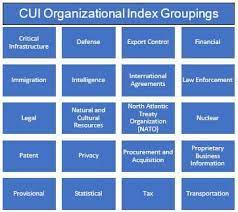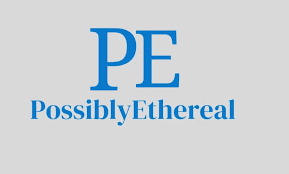Sensitive data management must be done correctly in today’s information-driven environment. Information not classified as top secret but nevertheless requiring restricted transmission is protected under the crucial classification known as restricted Unclassified Information (CUI). This article analyzes the meaning of CUI, looks at its use, and provides examples that set it apart from other classifications.
Investigating Controlled Unclassified Data (CUI)
Unclassified information (CUI) is defined as data that is not yet classified but needs to be protected since it contains sensitive information. It should only be exchanged with authorized parties. Sensitive material is classified in this way to prevent illegal access, dissemination, or disclosure.
Distinguishing CUI Illustrations
Information Accessible to the Public: Information that is readily available to the public, such as that found on official government websites or in easily accessible news sources, is not an example of CUI. Unlike information that is publicly available, CUI involves sensitive information that is subject to regulations.
Internal Administrative Data: Generally speaking, internal administrative data is not considered CUI. Examples of this type of data include regular office notes or organizational announcements. Information that may have ramifications for national security, privacy, or proprietary rights is referred to as CUI.
Non-Sensitive Routine Data: Documentation of standard operating procedures or generic office inventories are examples of routine operational data that is not sensitive. Information in CUI has the potential to jeopardize personal privacy or national security if handled improperly.
Sensitive Personal Identifiable Information (PII): One of the best examples of CUI is sensitive PII, which includes things like social security numbers, health records, and financial information. Controlled processing of this data is necessary to avoid fraud, identity theft, and other illegal purposes.
Export-Controlled Technical Data: One type of CUI is technical data that is connected to exports and technology but is governed by laws. To avoid illegal access to technology that can have consequences for national security, controlled diffusion is necessary.
Law Enforcement Data: Data acquired during law enforcement investigations that may jeopardize ongoing inquiries or people’s safety may be classified as CUI. Handling such information carefully avoids leaks that can impede justice or put lives in danger.
Relevance of CUI Categorization
Protecting sensitive but unclassified information that is important for privacy, proprietary value, or national security requires the CUI classification. The CUI framework guarantees that authorized personnel have access while unauthorized access is minimized by providing explicit guidelines for the handling, sharing, and distribution of such information.
In summary
A key framework that connects classified information and publicly accessible data is the classification of controlled unclassified information (CUI). Knowing CUI instances makes it easier to distinguish between routine or public data and sensitive information that needs to be handled with care. In an increasingly interconnected world, companies and individuals support national security, privacy protection, and ethical information management by adhering to the CUI principles.



